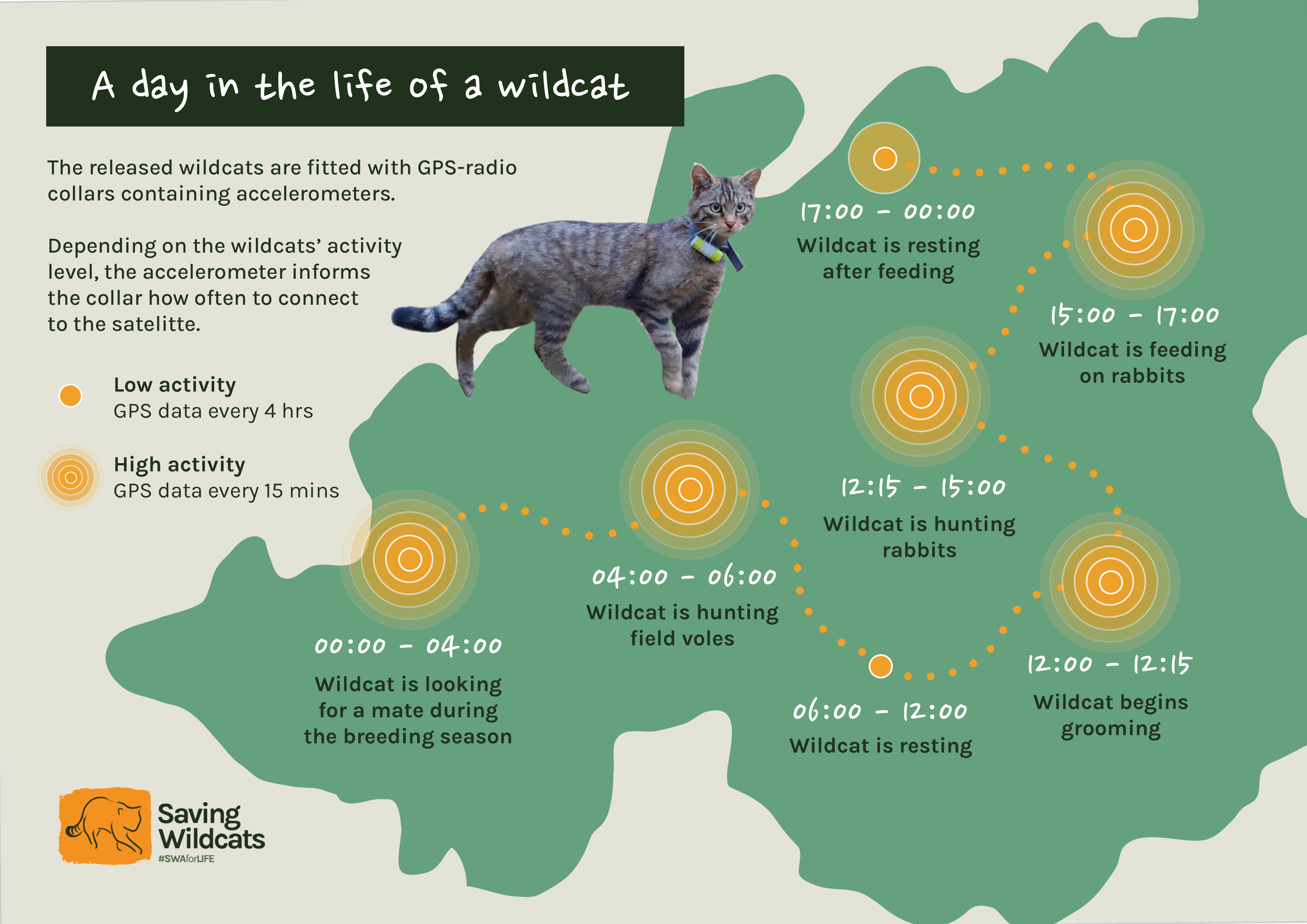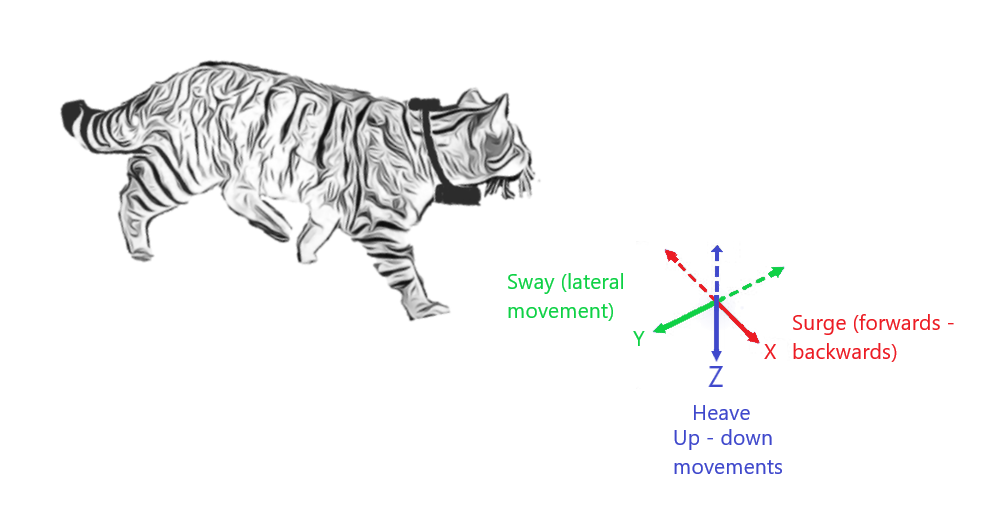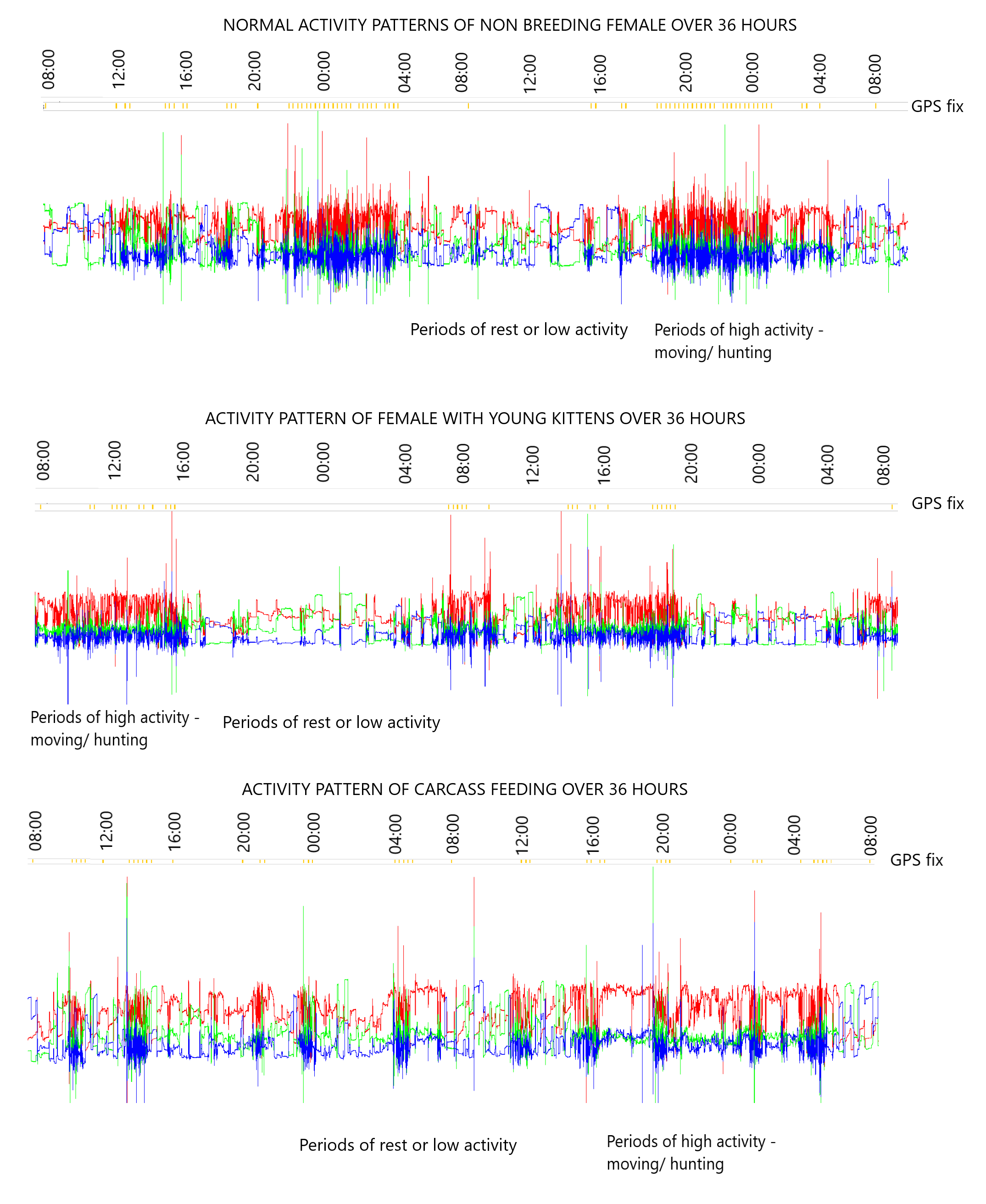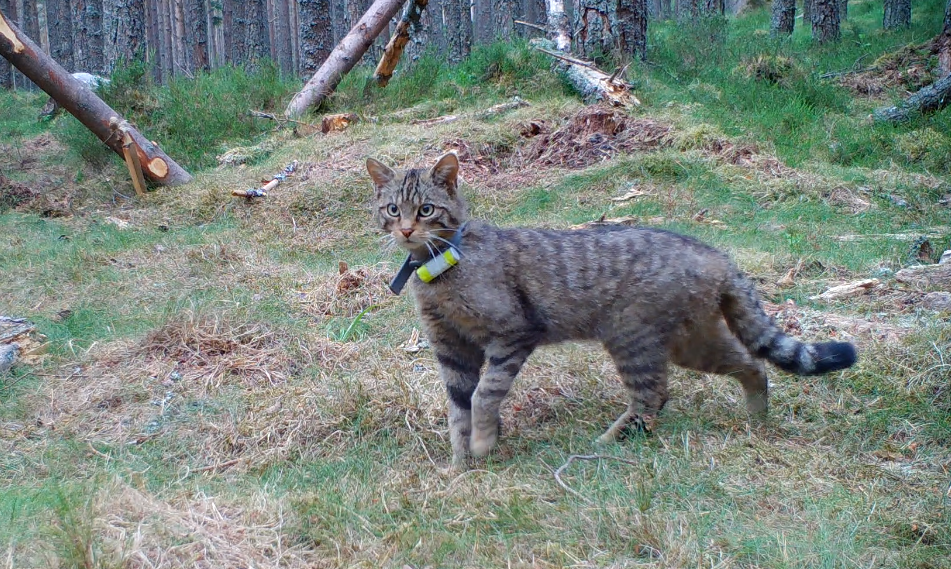Accelerometers improve wildcat monitoring
Since 2023, Saving Wildcats has released 28 wildcats into the Cairngorms National Park. The wildcats were fitted with GPS-radio collars prior to their release, which allowed the field team to track their movements. Alex Scurrah-Price, one of Saving Wildcats’ field officers, and Dr Kerry Kilshaw, explain how the collars’ accelerometers have been integral to monitoring the wildcats and offer crucial insights into their behaviour in the wild.
"The GPS-radio collars collect data on where the wildcats have been, when they were there and for how long. This information is stored on the collars until a member of the Saving Wildcats team remotely downloads the data in the field.
Each recorded location requires the GPS-radio collar’s battery to use energy, so a trade-off between the battery-life and how often the team would like the GPS data to be recorded is required. The battery size and longevity are also limited by ensuring the collars remain very compact and lightweight so as not to impact the wildcats' welfare. Additionally, wildcats are small meso-carnivores that may spend extended periods of time resting and denning in areas inaccessible to the satellites that fix the GPS data, such as burrows, wind-blow, and areas of dense scrub. Subsequently, the collar can expend a significant amount of energy repeatedly attempting to record the wildcat’s location.
To overcome these obstacles to data collection, the solution was to use an on-board accelerometer activity sensor to inform the GPS-radio collars when the wildcats are active or at-rest. This would optimise the battery-life without compromising the accuracy of monitoring the wildcat’s movements or habitat use. When the wildcats are "active", the collars record GPS data every 15 minutes, for example when the wildcats are hunting or running. Conversely, when the wildcats are "resting", the collars record data every four hours. The team are also able to adjust the threshold for the “active” recordings to include low-metabolic activities, such as feeding and grooming.

The use of the accelerometer as a tool to inform the GPS can significantly increase the life-expectancy of the collars whilst still collecting very detailed GPS data (8-9 months compared to ~6 months without using the accelerometer-informed GPS), which has a number of practical benefits, including extending the length of time before collars must be removed or replaced. In addition to this, the accelerometer has provided critical data informing the project of key events in the wildcat’s lives. For instance, when the female wildcats showed a sudden shift to daytime activity during the breeding season, as opposed to at dawn and dusk, this indicated to that they had likely given birth. Imagine the team's excitement when this incredible milestone was later confirmed on the trail cameras!
The team have also been able to identify carcass feeding using a combination of the GPS and accelerometer data, followed up by field visits to get camera footage. Carcass feeding on roe deer in particular was an important resource for the wildcats during last winter and has also been recorded by wildcats in mainland Europe. The team identified potential carcass feeding sites by first looking for areas where GPS fixes were clustered for a significant period, and then checking the accelerometer data.
What they found was that when a wildcat was at a carcass site they would shift their behaviour to have short bouts of feeding activity followed by short bouts of resting over 24-36 hrs, and this could be seen from the accelerometer graphs. The team would then investigate these areas and often found carcasses and placed cameras out to get footage of the wildcats and other scavengers feeding. Whilst the wildcats usually left the area after two-three days to continue with normal activity patterns, there were instances of wildcats using carcasses for up to two weeks. As more video footage of the wildcat behaviours are collected then we can start to piece together their behaviours in more detail."
How does the accelerometer work?
The green axis = tells us if the wildcat is lying on side
The red axis = measures acceleration forwards or backwards
The blue axis = tells us if the wildcat is going up or down (e.g. lying on back or climbing a tree)


Top graph normal wildcat activity patterns over 36 hours; including bursts of activity between 2000 - 0400 and low activity (or resting) between 0800 - 1600.
Middle graph activity of female with young kittens; more activity between 0800 - 1600 and resting overnight between 1600 - 0800. Experts believe this is so that the mother can protect her kittens from predation by other nocturnal predators, whilst increasing the chance of hunting success during the day.
Bottom graph wildcat activity patterns at a carcass over 36 hours; regular short bursts of activity with rest periods in between, for 2-4 hours at a time. Data from the GPS-radio collars confirmed the wildcats rest very close to the carcass.
Key
Yellow bars = a GPS fix was taken
Red, blue, green lines = the three different accelerometer axes

